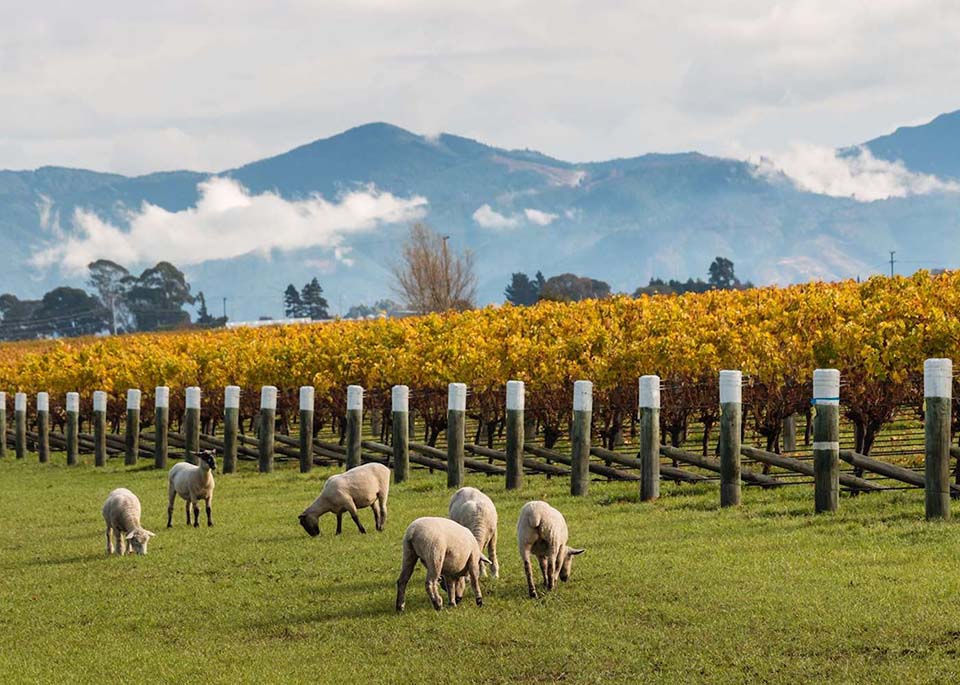
In the small grey hamlet in which I grew up a boy, one of the most popular fish-and-chip shops was run by a Mr. and Mrs. Price. The serious and slightly taciturn Mr. Price did the frying while the jovial and loquacious Mrs. Price served the customers. Just behind the counter there was a large black, iron cauldron in which bubbled a stew of peas. I later discovered that this was a common sight in North Wales and parts of Northern England, but much less so in the South. On many an evening, I was instructed to pedal down to the chip-shop to buy a meal for our family. And of course, the peas were always an essential part of this evening treat.
And so it was with some delight that recently, I spotted a tin of “chip-shop peas” at the local ex-pat shop. I bought one and that evening I prepared cod in batter, traditional-style chips and opened the tin. But instead of peas, it contained a lurid green porridge-like gunge which looked like dog-vomit. It was not remotely like Mrs. Price’s offering, made by soaking dried peas overnight in cold water with sodium bicarbonate. Of course, I had inadvertently bought a can of the vastly over-rated “mushy peas.” So I had a Caesar Salad instead.
Now you may be wondering why I’m telling you all this. (The thought had occurred to me – Ed.) Well, the other day someone posted a message on Facebook requesting people to reveal what they drank with fish-and-chips. Some people mentioned tea, which is reasonable enough but many others mentioned brands of sweet fizzy drinks which seemed most inappropriate. Hardly anyone mentioned wine, which strikes me as the perfect accompaniment to this most British of meals.
And not just any old wine of course. It must be light and white, for only a lunatic would drink rich red with fish-and-chips. If the wine is crisp and dry, that’s even better and if it is a Sauvignon Blanc, you’ll have a perfect match. A Chablis would also work well, but it’s relatively expensive in these parts and possibly a little extravagant for such simple fare. Sauvignon Blanc hails from the Bordeaux region but in recent decades, they’ve been making some fine Sauvignon Blanc in New Zealand. The name of the grape comes from the French sauvage (which means “wild”) and blanc (which means “white”). Incidentally, the word blanc also transformed into the delightful English word “plonk”, used to describe rustic wines of little or no distinction.
Although the first small vineyards were planted in New Zealand during the 1860s, nothing much happened until the middle of the 20th century. The first commercial vineyards appeared in the Marlborough region in the 1970s and it eventually became the country’s largest and best-known wine region. There’s a surprising diversity of New Zealand Sauvignon Blanc styles, achieved using wild yeasts and different approaches to fermentation and ageing.
Brancott Estate Sauvignon Blanc 2022 (white) Marlborough, New Zealand. Bt 649 @ Lotus’s.
Brancott Estate wines hail from the town of Blenheim which with a population of about 29,000 is the most populous in the Marlborough region. The town lies near the top right-hand corner of the South Island and with its warm, dry summers and cool winters the region is the centre of the New Zealand wine industry. Brancott Winery opened in 1977 making it one of the oldest wineries in Marlborough. The company described itself as being “among the fifty world’s most admired wine brands in 2022”. The winery has been influential in bringing New Zealand Sauvignon Blanc to international attention.
This wine is an extremely pale straw colour with a slightly oily appearance. Catch it in the right light, and you may also notice a faint greenish hue, which is typical of this grape variety. At just 12.5% ABV, the vibrant aroma is attractive, with suggestions of pomelo, gooseberry, passionfruit and honeydew melon. On the palate, you can expect a clean-tasting, completely dry, medium-bodied wine with bright acidity and a lovely soft texture. You’ll also get flavours of guava and melon along with a longish, pomelo-flavoured finish. It’s crisp, full-flavoured and pleasantly assertive and a splendid example of a finely balanced and well-crafted Sauvignon Blanc.
I must admit that wine points usually hold little interest for me, but it’s worth noting that the wine scored 91 points in the UK’s highly-respected Decanter World Wine Awards. The 2020 vintage won a Gold Medal at the San Francisco International Wine Competition and Wine Spectator magazine also gave it excellent reviews, describing it as “fresh and vibrant”. This is definitely a wine to try especially as it is so readily available. It’s easy to spot too: look for the upside-down little black sheep on the label. I’d suggest trying this wine rather cold; even straight out of the fridge for it will warm up rapidly in our tropical climate. It would go a treat with your fish-and-chips. Or if your taste runs to more sophisticated dishes, try it with grilled oysters.






